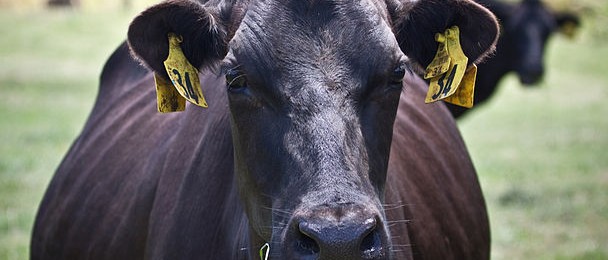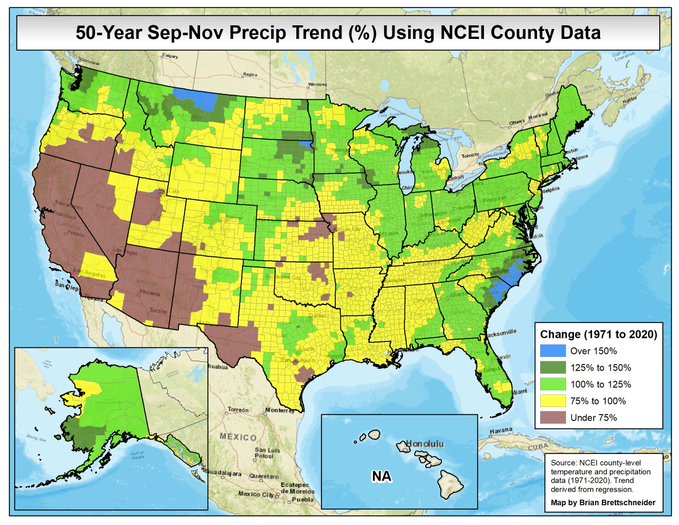Climate and Ag in the news
-

Did you know that excess heat costs the US dairy industry about $900 million per year? In this video from Yale Climate Connections, I learned that cows in Texas give a lot more milk in winter when the weather is cool than in summer, when heat is an issue. The dairy farmer in this video…
-

Today is an exciting day for climatologists everywhere, because a climatologist has won the Nobel Prize in physics, along with two other scientists that study complex natural systems. You might not think that was very exciting, but that’s because you don’t know the history of how meteorologists and atmospheric scientists were blocked from getting Nobel…
Posted in: Climate and Ag in the news -

Climate scientists are constantly analyzing data and looking at results of computer modeling to better understand how the earth’s atmosphere/ocean system works. Even though it may seem like they are changing their minds, they are really updating their understanding when they see new information in the data they are studying. That is what science is.…
-

On April 1, 1960, the world’s first operational weather satellite was launched into space. It opened a new world of information to meteorologists since it could see the weather in areas where there were no surface observations, such as over the oceans and the poles. Now the vast majority of weather observations input into forecasting…
-

My favorite Twitter climatologist, Brian Brettschneider @Climatologist49, produced this series of maps for fall showing the trends over the last 50 years, just a few years shorter than the average age of a farmer in the US. The maps show that for fall, there is only one county in the US (in SE Iowa) that…
-

According to IFAS/UF Extension, “The 2021 growing season has not been a good one for cotton producers in the Western Panhandle of Florida. An overabundance of rain, lack of sunshine, and poor overall conditions has led to cotton looking less than stellar.” The excessive rain and high humidity earlier in the season caused a lot…
-

A “cut-off” low is an area of low pressure in the atmosphere separated or cut off from the main atmospheric circulation. That means it does not feel the steering effects of the westerly winds and sits and spins in one spot for several days until something comes to push it out. We get cut-off lows…